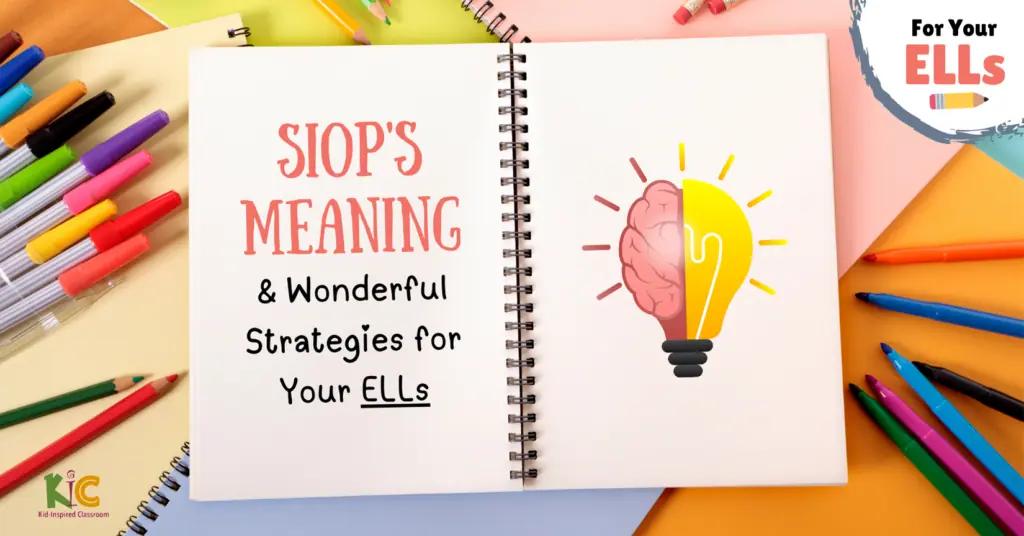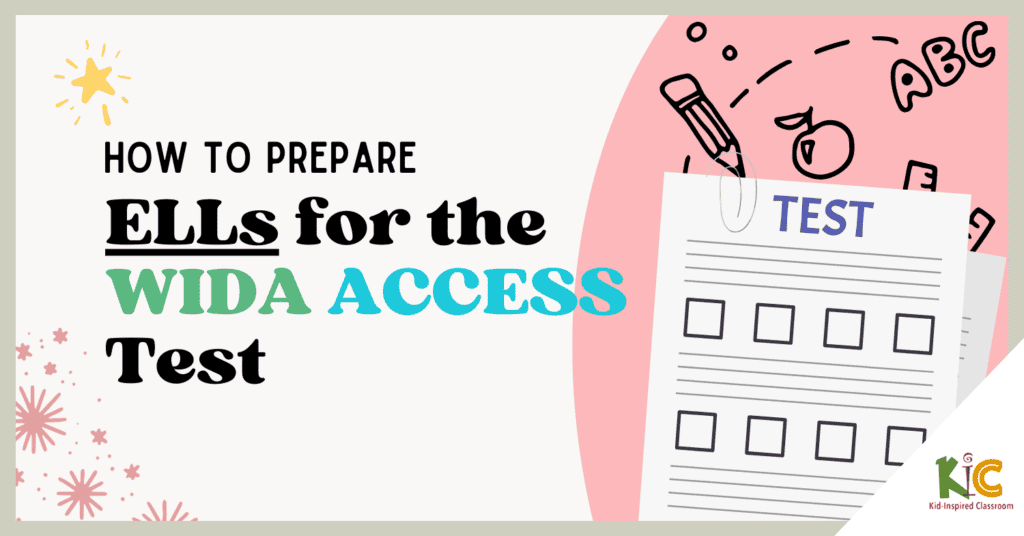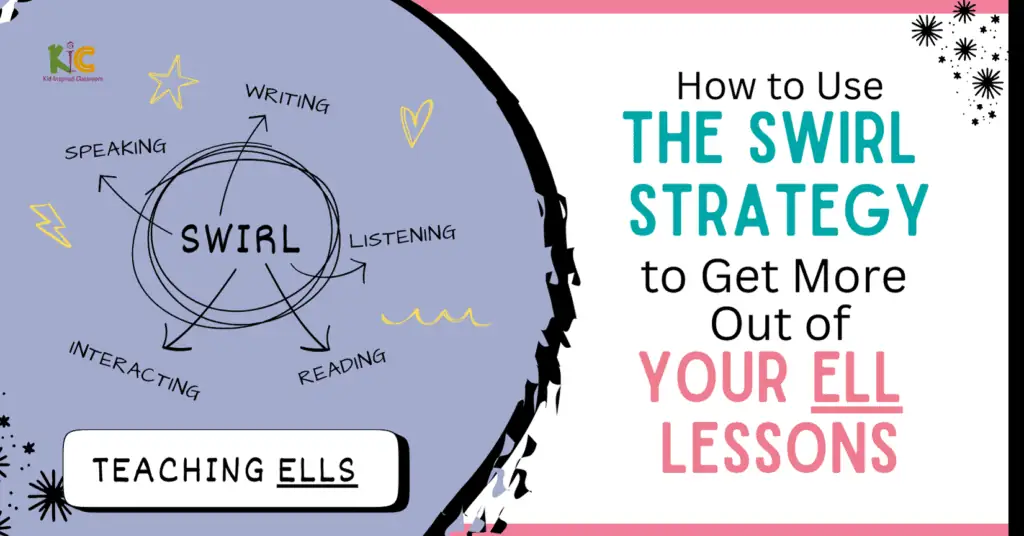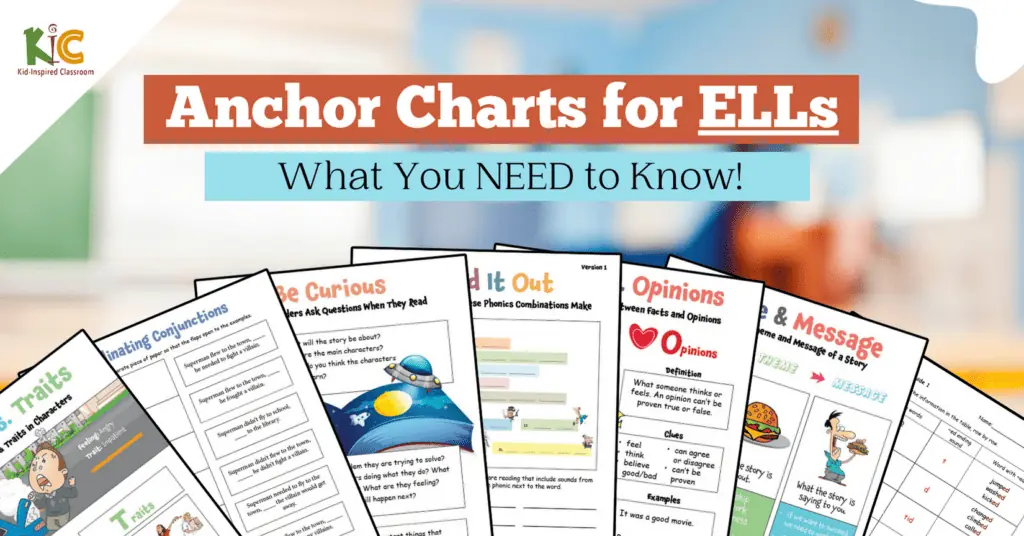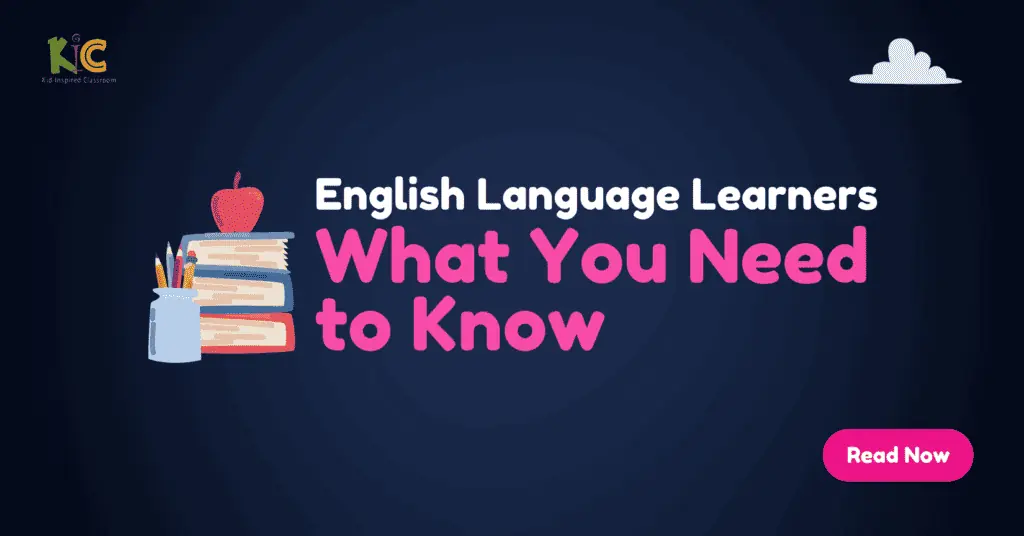This infographic provides a bird's eye view of the stages of teaching phonics as well as goals for each stage. The infographic should help guide your decisions about what activities to plan for your students as well as what to expect from them at each stage.
You can read it below or download a copy for your reference.

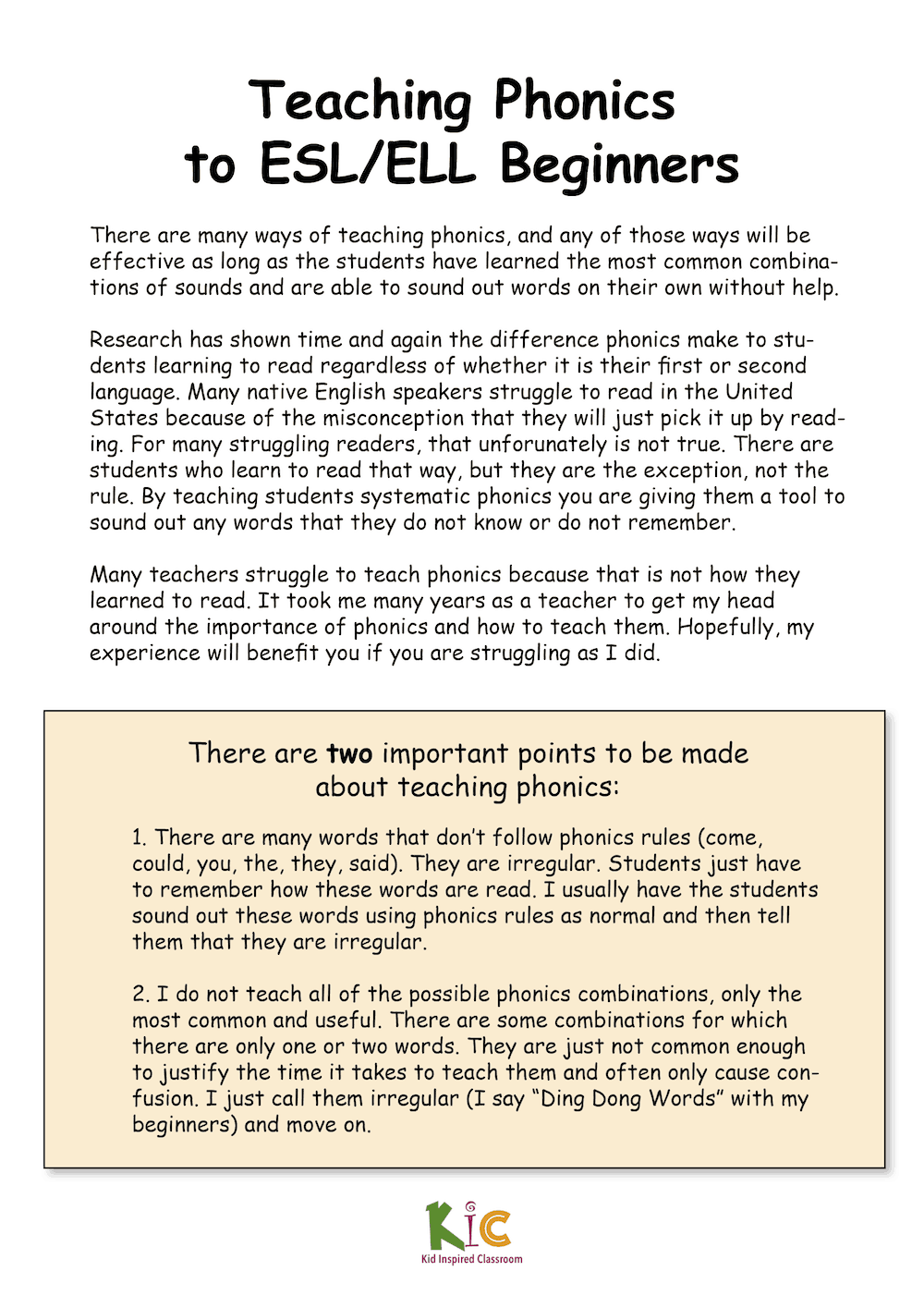
Phonics Is a Foundational Skill
Phonics is such a fundamental skill for students learning to read. Even if we do not teach phonics, some students still manage to pick up on the patterns they see in words and use those patterns to help them read new words.
When we teach phonics well, students are better equipped to sound out new words they come across while reading; they are better capable of pronouncing new words they are learning; and they are better prepared to spell words when they are writing.
Phonics is not a substitute for comprehension, but a skill to help students make sense of the symbols on the page they are meant to read. The better students are able to sound out the words on the page, the better able they will be to focus on understanding a text.
When students guess at words while reading, they often guess wrong, especially English language learners. If a student knows most of the words on the page and is only required to guess at one or two words, there is a good chance they can guess correctly, but the likelihood goes up significantly when they can also sound out the word. If there are lots of words on a page that student does not recognize, guessing will make them feel incompetent and unsure of themselves. Very often, students who guess a lot begin to mumble and read very quietly. They lack the confidence that they can read the words correctly and try to cover up their inability to read well.
Phonics is an important part of helping students overcome many of the struggles they face when learning to read. Phonics is only a start though. Once students begin sounding out words confidently, we must follow up with the vocabulary, grammar, style and concepts students are seeing in the texts they read.
With both a focus on phonics and comprehension, our students will become fluent readers.
